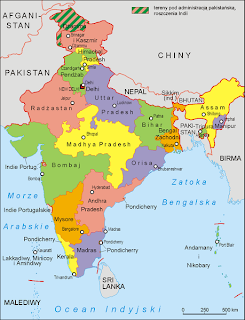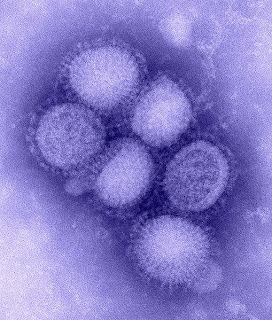There was a great article in the New York Times about the confusion that took place between the media, scientists, the government, and the public regarding the New Year’s Eve bird deaths in Arkansas. Conspiracies Don’t Kill Birds, People Kill Birds by Leslie Kaufman does a great job of explaining how the bird story got blown out of proportion.
 Basically, birds die all the time. It’s not all that unusual for flocks of birds to die, according to the article’s statistics (from the National Audubon Society) approximately five billion birds die in the US every year. Rural cats kill 39 million birds a year. So basically, the whole incident wasn’t a conspiracy or a case of poison run amok. Birds die, thats kind of all there is to it.
Basically, birds die all the time. It’s not all that unusual for flocks of birds to die, according to the article’s statistics (from the National Audubon Society) approximately five billion birds die in the US every year. Rural cats kill 39 million birds a year. So basically, the whole incident wasn’t a conspiracy or a case of poison run amok. Birds die, thats kind of all there is to it.
Flying objects can interrupt birds’ flight and send them careening into buildings and billboards. So while I was pretty skeptical of the fireworks explanation on the basis that if fireworks cause bird deaths we would have heard about it before this, it is possible that was what happened in Arkansas. That would mean that all the subsequent bird death articles in the media could very well be a case of the media being bored and picking up on a story that really wasn’t a story because it happens all the time.


